Picture this: you’re settling down for a quiet evening when suddenly your feline friend starts up what sounds like an entire conversation with the air conditioner. Your cat isn’t crazy – they might just be one of those naturally chatty breeds that has something important to say. Some cats whisper sweet meows, while others practically shout their thoughts from the rooftops. Understanding what your vocal kitty is trying to communicate can transform those seemingly random outbursts into meaningful exchanges that strengthen your bond.
These talkative breeds aren’t just making noise for the sake of it. Each chirp, trill, and yowl carries a message, whether it’s expressing love, demanding attention, or simply commenting on their daily observations. Let’s dive into the fascinating world of the most vocal cat breeds and decode what they’re really trying to tell you.
Siamese: The Ultimate Conversationalist
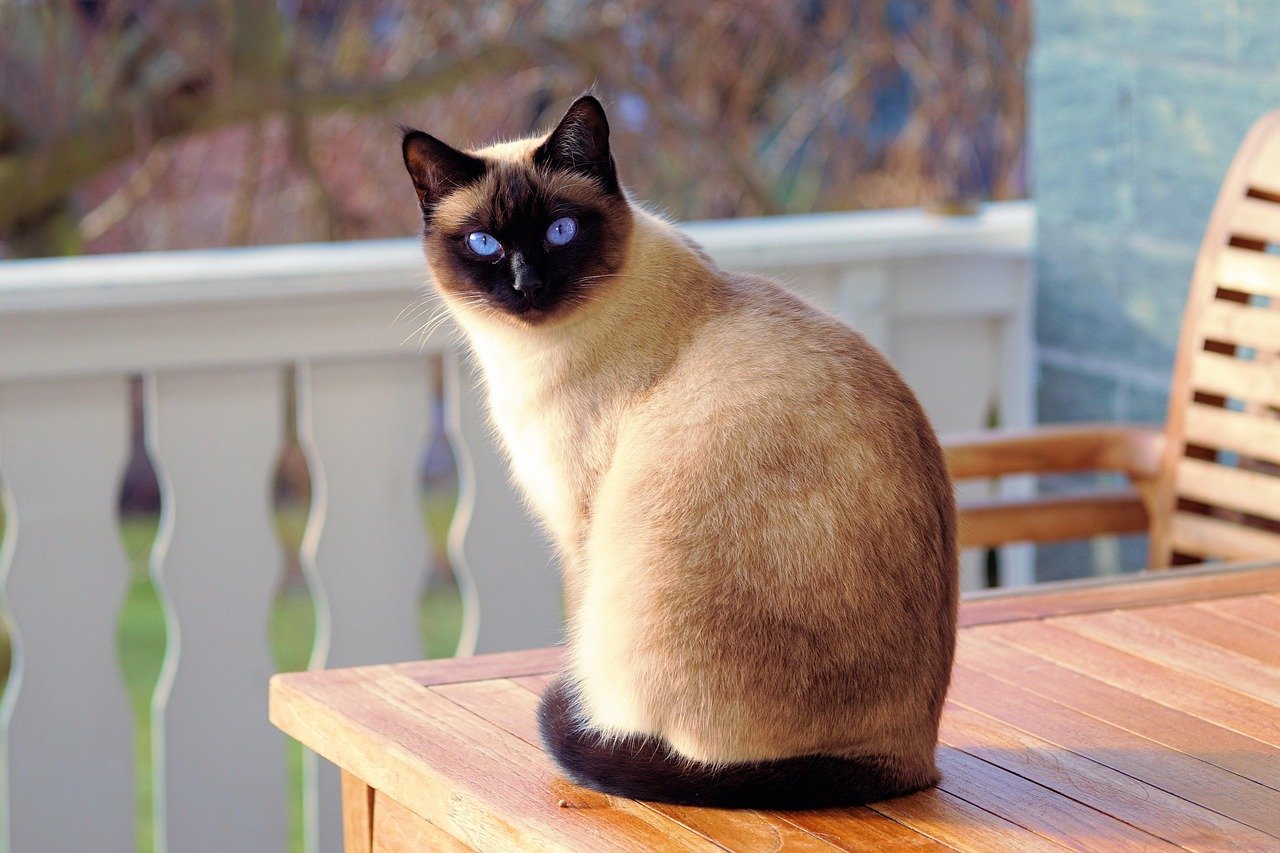
When it comes to having a lot to say, the Siamese cat ranks at the top of the chart. Well-known for being a vocal cat breed, the Siamese is also one of the most intelligent and people-oriented felines. Their distinctive voice has been compared to a baby’s cry – loud, persistent, and absolutely impossible to ignore.
They genuinely want to interact with you – and their voice is their main tool for doing that. Meowing is how they connect with you, start conversations, and make sure you’re paying attention. When your Siamese talks, they’re often expressing their deep need for companionship or sharing their opinions about household happenings. It’s their way of saying “Hey, I’m here, and I have thoughts about everything!”
Oriental Shorthair: The Chatty Shadow
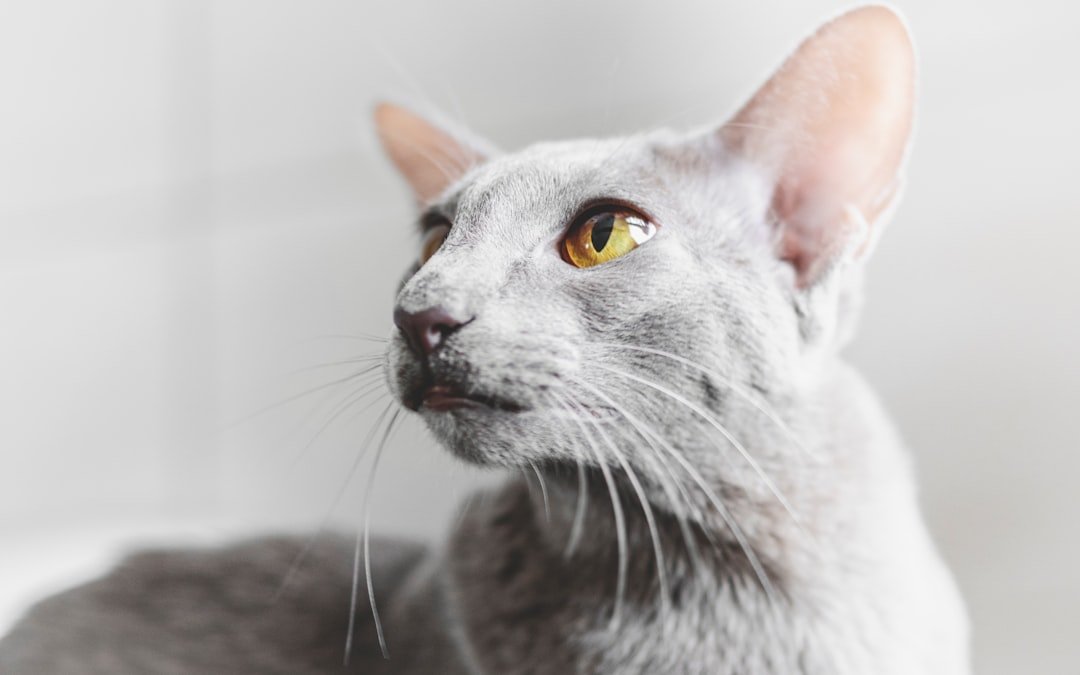
Oriental shorthaired cats are quite similar to Siamese cats – they’re very loud when they vocalise and it’s even said that their purr can sound like a truck rumbling by! These elegant cats inherited their vocal nature directly from their Siamese ancestors, making them equally talkative companions.
Known for being incredibly social, once you bring one of these broad-eared cats home, you’ll basically have a second shadow. Driven by their natural curiosity and attachment to their owners, Oriental shorthairs will concern themselves with every aspect of your routine, emitting a soundtrack of chirps, trills, and meows. Their vocalizations are their running commentary on life, keeping you informed of everything they find interesting or concerning.
Balinese: The Refined Chatterbox
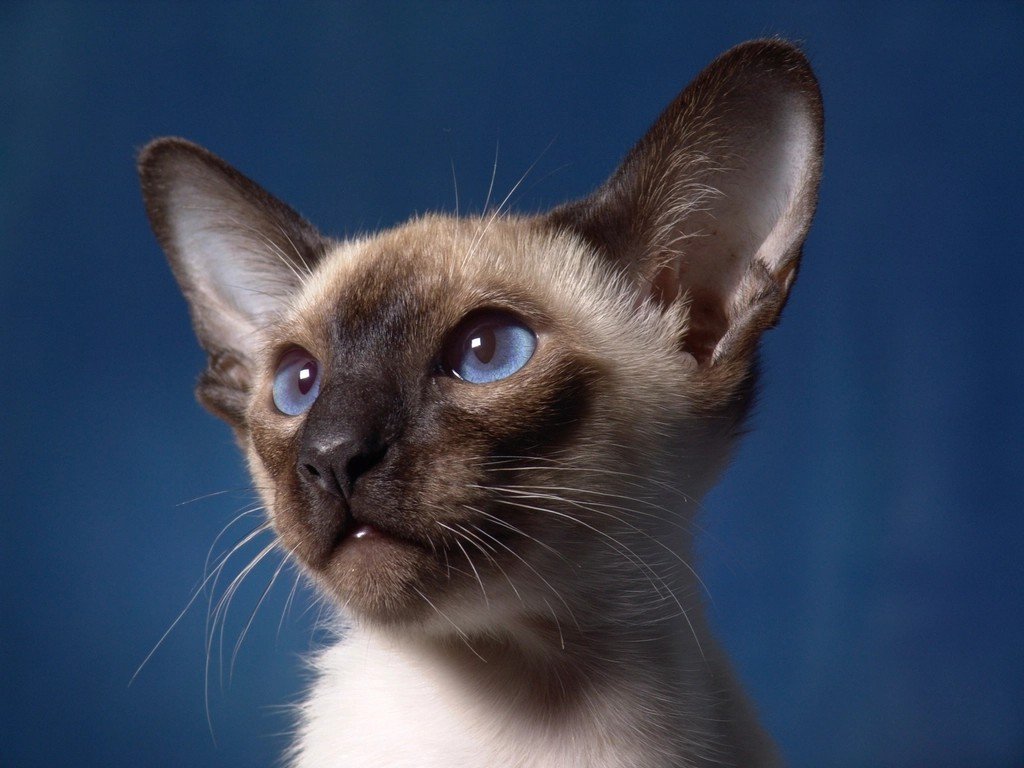
A close third place for the most vocal cat goes to the Balinese, another breed very closely related to the Siamese. The Balinese is a carbon copy of the Siamese – but with a long, lovely coat. Think of them as the sophisticated cousin who still loves to chat but does so with a touch more grace.
Their voice is a touch softer than the Siamese and their chatter is not as demanding. When your Balinese meows, they’re typically seeking attention or expressing their desire for companionship in a more gentle manner. Their vocalizations often signal contentment and their natural inclination to be involved in family activities.
Sphynx: The Attention-Seeking Performer
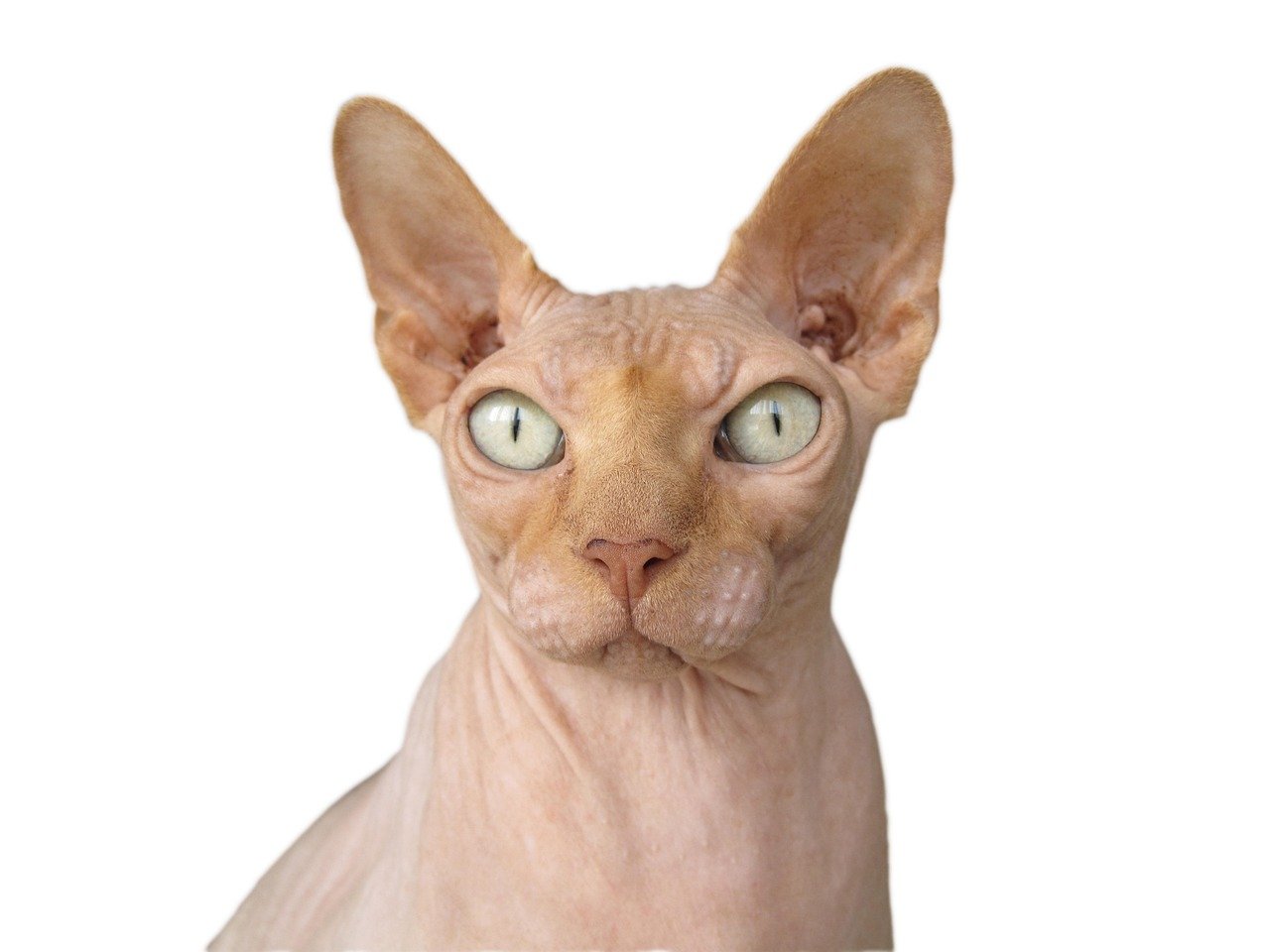
In addition to their hairlessness, Sphynx cats also feature the trait of being a highly vocal breed. Their talkative nature is likely due to their intense desire for social interaction with their human family. These hairless beauties are true social butterflies who use their voices as their primary tool for getting noticed.
With Sphynx cats being so warm and affectionate, they are very dependent on their owners and crave active involvement in their lives, which is why they tend to ‘talk’ a lot. Their meows, chirps, and trills are essentially them saying “Look at me! Play with me! Love me!” They’re the performers of the cat world, always ready to put on a show for their favorite audience – you.
Turkish Angora: The Graceful Communicator

Turkish Angoras are known to be vocal and will often meow to communicate with their owners. These elegant cats possess a unique combination of grace and chattiness that sets them apart from other vocal breeds.
Highly intelligent, just a little bit talkative, and beloved for their tendency to develop complete devotion for their favorite person, these cats like to be in the middle of everything, often watching the action without actually joining in. Their vocalizations tend to be more selective – they’re not constant chatterboxes but rather thoughtful commentators who speak up when they have something meaningful to communicate.
Tonkinese: The Sweet Talker

The Tonkinese is a combination of two vocal breeds – the Siamese and the Burmese – so it makes sense that the Tonkinese inherited a chatty nature. Like the parent breeds, Tonkinese are affectionate and people-oriented cats who love to be wherever you are. They’re the perfect middle ground for those who want a talkative cat without the intensity of a purebred Siamese.
Charmingly, Tonkinese will almost always answer you if you speak directly to them, but they are capable of quiet moments too. The sweet Tonk uses several different sounds when talking to their people, including meowing, chirping, and trilling. Their communication style is conversational rather than demanding – they’re genuinely interested in back-and-forth exchanges with their humans.
Maine Coon: The Gentle Giant’s Voice
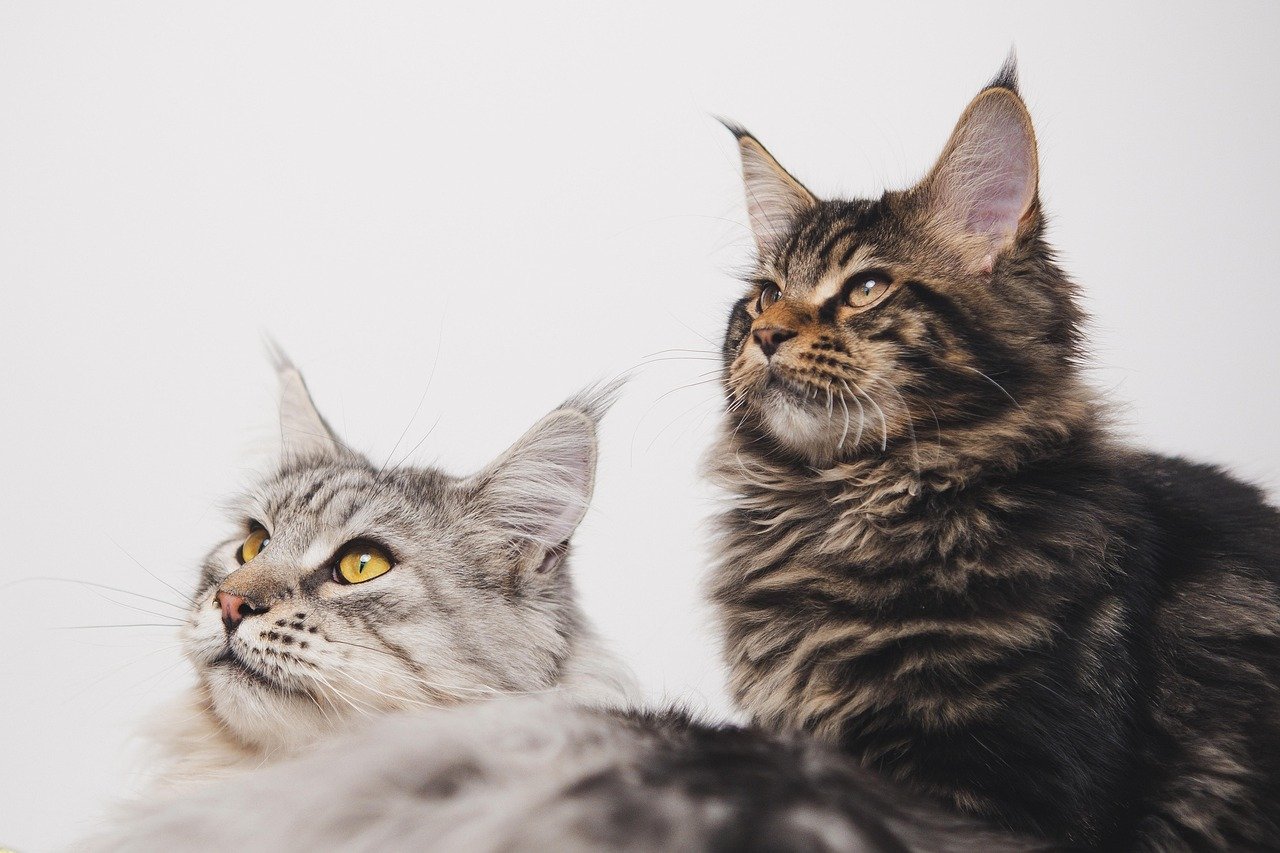
You may be surprised to find that they’re also very vocal cats. They have a surprisingly wide range of vocalizations, from chirps and trills to meows and purrs. Despite their imposing size, Maine Coons tend to have surprisingly soft voices that don’t match their giant stature.
While quieter than some breeds, Maine Coons communicate with distinctive chirps and trills. These sounds are typically used to express curiosity or show affection. When your Maine Coon vocalizes, they’re usually expressing contentment or greeting you with their signature gentle sounds. Their quiet chattiness is endearing rather than overwhelming.
Burmese: The Sweet Soprano

Burmese cats are generally not as loud as Siamese or Oriental cats and a Burmese cats’ vocalisation is really quite pleasant – especially when they’re showing affection. Burmese cats have a soft, sweet-sounding, slightly raspy voice and love to give and receive lots of cuddles. They’re the diplomats of the vocal cat world – expressive but never overwhelming.
The stunning Burmese shows their Siamese heritage by being vocal and playful. They love to chat with their owners and have an outgoing and playful nature, even with strangers. Their gentle vocalizations are typically expressions of happiness and social connection rather than demands or complaints.
Russian Blue: The Thoughtful Whisperer
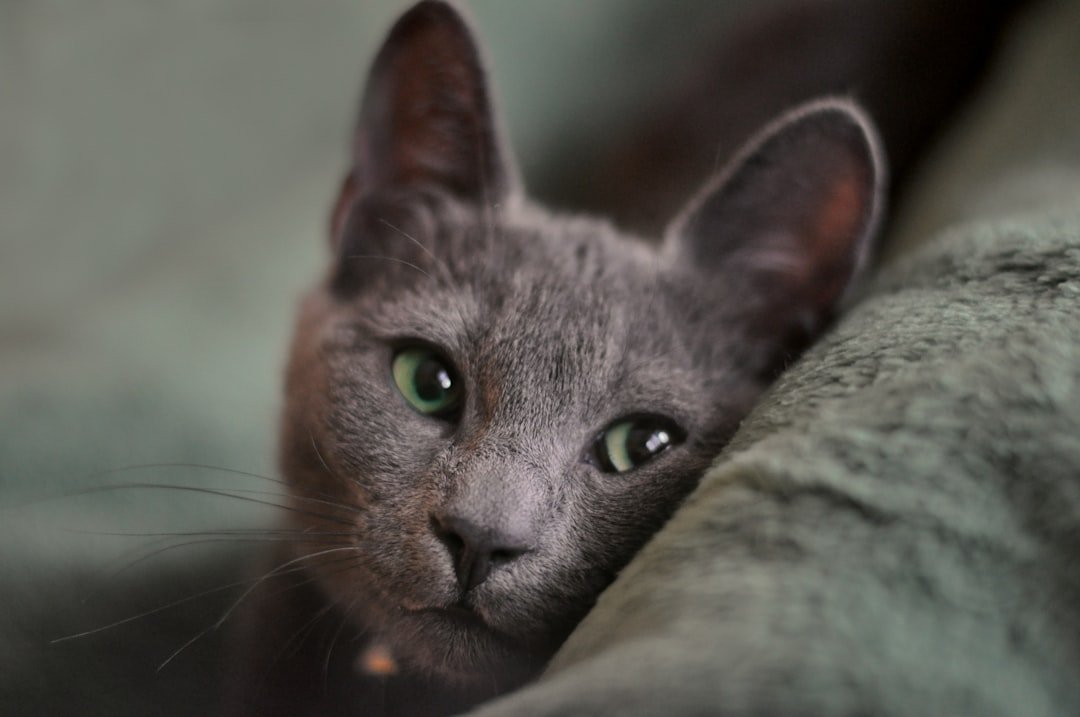
Russian blues can be very vocal but are generally soft-spoken and will talk in quiet meows to let you know they need food, water, or attention. Unlike the more boisterous breeds, Russian Blues are selective about when and how they use their voices.
Much like other vocal breeds, the Russian blue is very vocal, and she’ll use her voice to communicate with her pet parents when she wants to play, eat, or snuggle. Their vocalizations are purposeful and considerate – they’re not chattering just to hear themselves talk, but rather communicating specific needs or desires in their characteristically gentle manner.
Bengal: The Wild Conversationalist
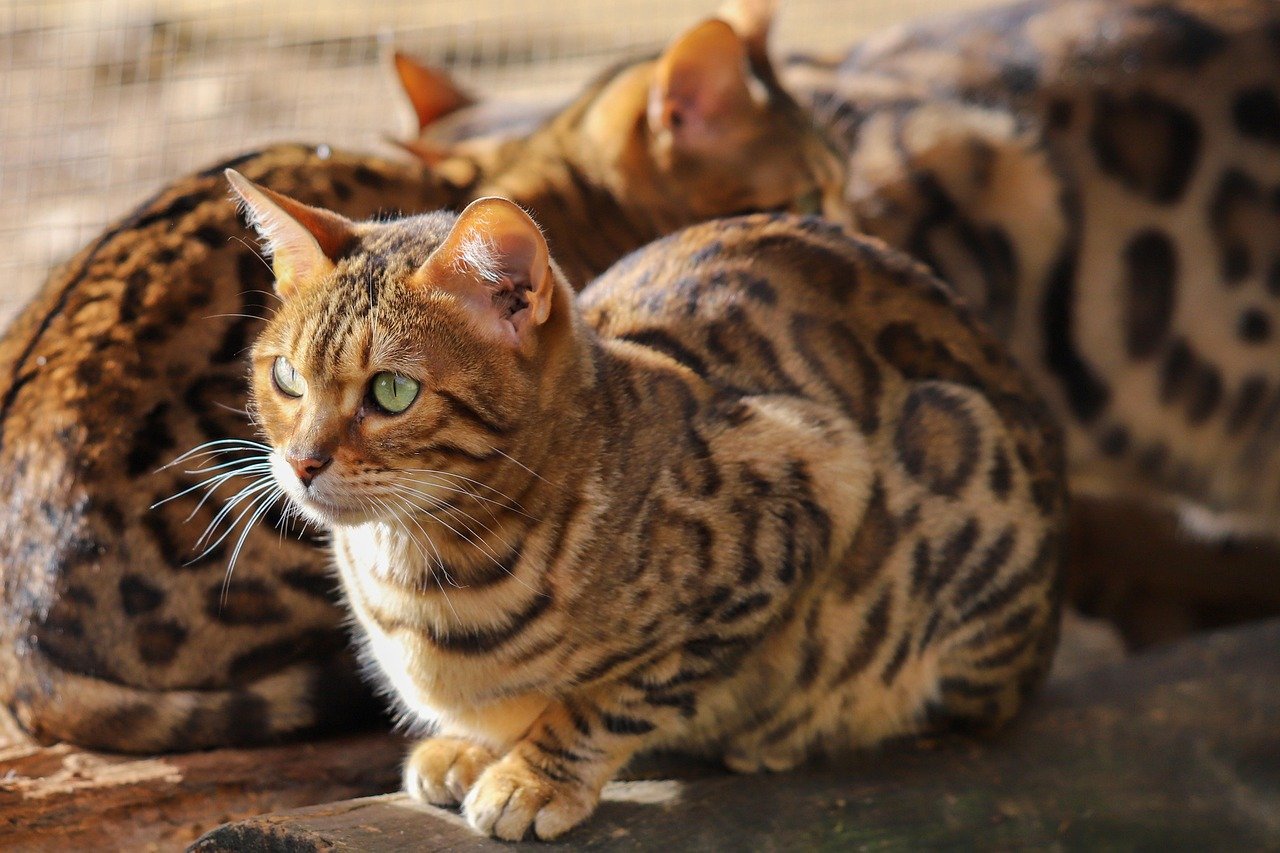
Bengal cats, with their exotic wildcat looks, also possess a wide range of vocalizations that reflect their energetic and inquisitive nature. Bengals communicate with various sounds, including coos, chirps, and loud meows, often using these to express interest or demand attention. Their vocal range reflects their wild heritage – unique and unmistakably different from typical domestic cat sounds.
Still, when Bengals do vocalize, it’s largely to engage with their human owners, whether that’s requesting attention or demanding food. Their vocalizations often carry an edge of excitement or urgency, reflecting their high-energy personalities and strong desire to interact with their human family members.
Conclusion: Understanding Your Cat’s Voice

Every meow, chirp, and trill from these vocal breeds carries meaning that goes far beyond simple noise-making. Whether your chatty companion is a demanding Siamese or a gentle Maine Coon, they’re using their voice to build a deeper connection with you. Learning to recognize the different tones, frequencies, and contexts of your cat’s vocalizations transforms what might seem like random chatter into meaningful conversations.
The key to living harmoniously with a vocal cat breed lies in responding appropriately to their communications while establishing boundaries when needed. These talkative felines aren’t just making noise – they’re sharing their world with you, expressing their emotions, and strengthening the bond that makes the human-cat relationship so special. Next time your vocal kitty starts up a conversation, take a moment to listen. You might be surprised by just how much they have to say.

Born and bred in South Africa, a Capetonian at heart. Amy-Leigh’s love for nature and animals was inherited from her Dad. He loves taking the family on road trips to experience nature at its finest; Amy-Leigh’s favourite being whale watching in Hermanus and spotting Kudu along the West Coast. Amy-Leigh holds a BA in English Literature and Communication Studies.





